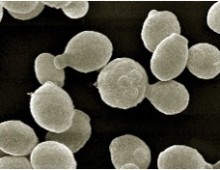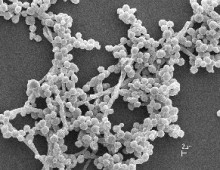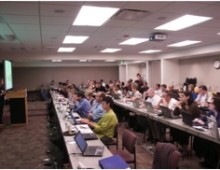A mechanism for de novo intron insertion
Introns are the parts of a gene sequence that are not expressed in the protein. In the August 30 issue of Nature Communications, a team led by DOE JGI’s Eukaryote Program head Dan Rokhsar and Uffe Hellsten describe a potential mechanism by which introns have been added to a genome sequence since what they refer… [Read More]




